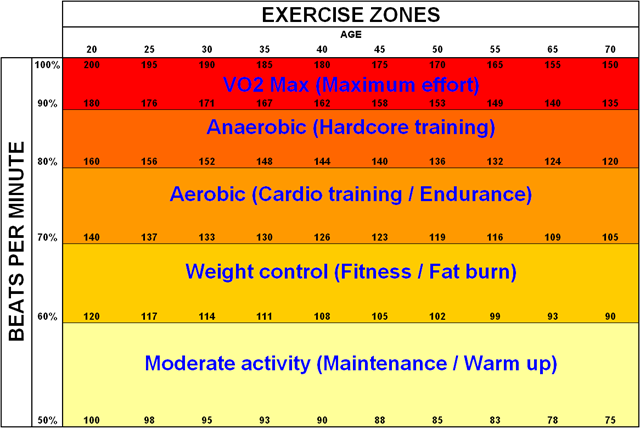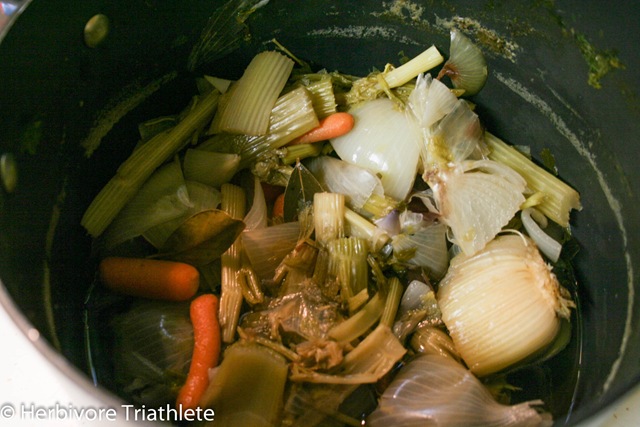Wait! Don’t let the word ‘reduction’ scare you away, it’s one of the easiest techniques to mater and will help you create deeply flavorful sauces for all kinds of dishes.
You simply start with a seasoned liquid, anything from balsamic vinegar to broth, boil it down to a fraction of its volume, and you’re done! What you will have is a concentrated sauce that’s naturally thick and redolent with flavor.
master recipe:
SAVORY REDUCTION
_________________________________________________
1) Sauté 1/4 cup chopped onion, green onion, and/or celery, plus 1 teaspoon ginger and/or garlic (optional) in 1 to 2 tablespoons oil or butter over medium-low heat until golden brown.
2) Add 1 cup broth, wine, or fruit or vegetable juice, plus fresh or dried herbs (sprigs work well) and/or spices.
3) Boil mixture, uncovered, until syrupy and reduced by at least half.
4) Strain, and discard solids.
Here’s a few reductions to get you started:
Demi~Glace
2 teaspoons olive oil
1 leek, chopped
1 medium carrot, finely chopped
1 stalk celery, finely chopped
1 and 1/2 tablespoons all-purpose flour
1 tablespoon tomato paste
4 cloves garlic, minced
4 cups vegetable broth
1 cup dry red wine
1/4 cup dry sherry
6 whole peppercorns
4 sprigs thyme
2 bay leaves
To make Demi~Glace: Heat oil in Dutch oven over medium-high heat. Add leek, carrot, and celery; sauté 10 minutes. Stir in flour; cook 2 minutes, or until flour begins to brown. Add tomato paste, garlic, broth, wine, and sherry and simmer 3 minutes. Add remaining ingredients, bring to a boil, then reduce heat to medium-low, and simmer 30 minutes. Remove from heat, and cool 30 minutes. Strain mixture through sieve, and discard solids.
**Demi-glace is a classic French brown sauce with hundreds of uses, it can be spooned over roasted-vegetable dishes or used to flavor soups.**
Balsamic~Agave Drizzle
1 cup balsamic vinegar
1 tablespoon plus 1 and 1/2 teaspoon agave
3 allspice berries
3 whole peppercorns
1 sprig fresh rosemary
To make Balsamic~Agave Drizzle: Bring vinegar, 1 tablespoon agave, allspice, peppercorns, and rosemary sprig to a boil in small saucepan. Reduce heat to medium-low, and simmer 10 minutes, or until reduced to 1/2 cup. Remove rosemary sprig and spices; stir in remaining 1 and 1/2 teaspoon agave.
**Gastrique is a culinary term for the reduced balsamic sauce, it can be drizzled it over parsnip fritters.**
Lemongrass~Orange Reduction
2 teaspoon toasted sesame oil
1 large shallot, finely chopped (about 1/4 cup)
1 tablespoon minced fresh lemongrass
1 tablespoon minced fresh ginger
2 cloves garlic, minced
1/4 teaspoon freshly ground black pepper
3/4 cup orange juice
1/2 cup vegetable broth
1 and 1/2 tablespoons tamari
To make Lemongrass~Orange Reduction: Heat oil in skillet over medium-high heat. Add shallot, lemongrass, ginger, garlic, and pepper; sauté 3 minutes. Whisk in juice, broth, and tamari. Reduce heat to medium-low and simmer 5 minutes, or until slightly thickened.
**This bright citrus sauce makes a tasty topping for roasted squash.**
master recipe:
SWEET REDUCTION
__________________________________
1) Combine 1 cup juice, wine, or balsamic vinegar
and 2 to 8 tablespoons agave, sugar, or maple syrup in small saucepan.
2) Add herbs (rosemary, thyme, lavender, and lemony
herbs are good choices) and/or spices (cinnamon,
nutmeg, cloves, vanilla).
3) Boil mixture, watching it closely to prevent
scorching, until syrupy and reduced by at least half.
(Sweet reductions will thicken as they cool.)
4) Strain, and discard solids.
Spiced Zinfandel Syrup with Fruit Compote
3 cups dry red wine
1/3 cup sugar
1 cinnamon stick
1/2 vanilla bean, halved lengthwise
16 whole pitted prunes or dried plums
16 whole dried figs
16 whole dried pitted apricots
1/4 cup dried pitted cherries
Bring wine, 1 cup water, sugar, cinnamon stick, and vanilla bean to a boil in large saucepan. Add prunes, figs, apricots, and cherries, and bring to a boil. Reduce heat to medium-low, cover, and simmer 1 hour. Cool. Remove cinnamon stick and vanilla bean, and chill 3 hours.
Other Master Recipe Posts:
{Source: Vegetarian Times, October 2012}


















